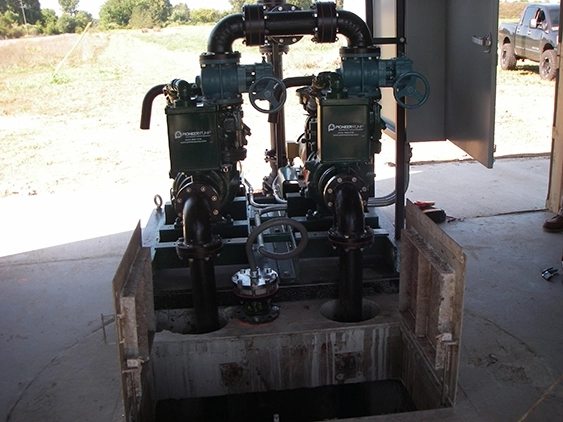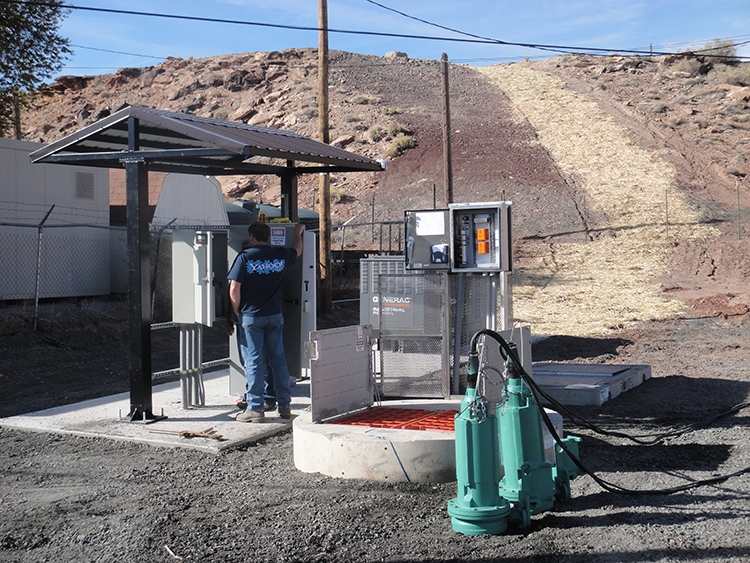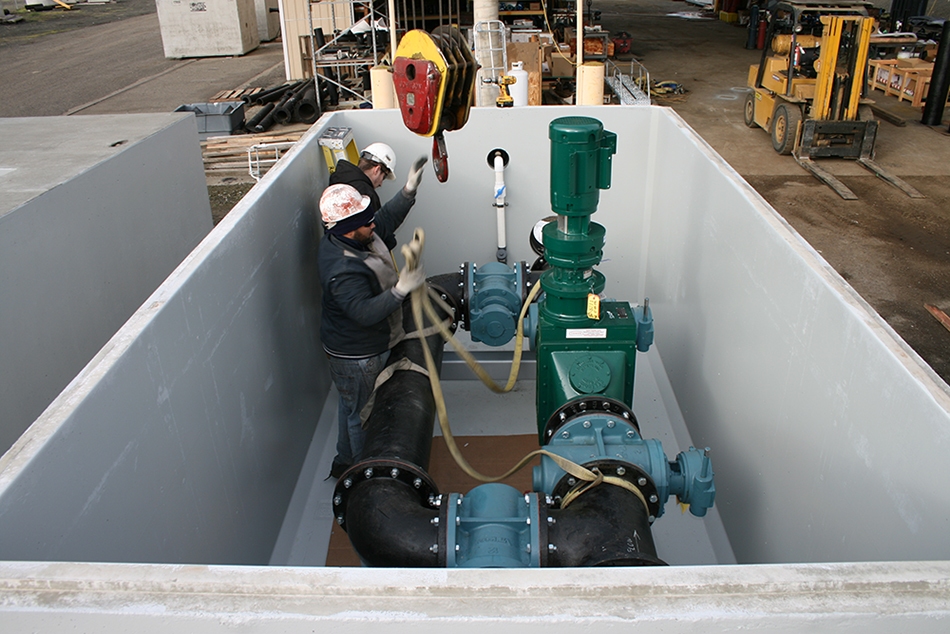
Romtec Utilities offers retrofitting services on pump and lift stations for all types of applications, including wastewater. One common problem with wastewater lift stations is clogging, and this problem can occur for a variety of pretty simple reasons. When clogging occurs too often, it can result in added management costs for lift station owners. This can included shorter pump life, bypass pumping needs, extended personnel time requirements, and many additional costs. As lift station management costs rise, the option of a lift station retrofit can be an economical and long-term solution. How do you solve clogging in wastewater lift stations through a retrofit process?
The first step to solve clogging issues is to identify the sources of the problem. Most frequently, the problem source will be related to inappropriately flushed items or fats, oils, and grease, also called FOG. However, there can be many other sources of clogging such as illegal dumping, large quantities of animal waste, or high ratios of particulate matter like ash or powder. Frequently, these issues are associated with entities connected to the sewer. If a new fast food restaurant opens and is not handling its grease correctly, FOG can build up to cause clogging issues. This is true for large apartment complexes, animal shelters, or manufacturing plants.

Once you know the source of the clogging agents, a plan can be developed to mitigate them. Typically, Romtec Utilities looks first for the simple solutions. If clogging is occurring due to a buildup of “flushable” wipes, the simple installation of a trash basket may be able to reduce the frequency of required pump station maintenance. Other features like bar screens, weir walls, or agitators can all be used to mitigate the presence of clogging agents. If a simple solution is not possible, then Romtec Utilities typically will move to the next plausible solution, the pumps.
The pumps are usually where clogging occurs and, in some applications, can actually be the reason for clogging issues. Grinder pumps, for instance, cannot pass solids. For grinders, all the solids must be ground into a slurry to get pumped. If solids are present that cannot be ground-up, like fibrous materials, then the pumps will most likely clog. There are many other ways that pumps can clog, but this is a frequent scenario. If some form of screening or upstream filtering (like a grease-trap) is not possible, the changing out the pumps might be the easiest way to retrofit the lift station.

Upgrading the pumps can comprise various strategies depending on the type of clogging that is occurring. These strategies include changing the type of pump or upgrading the pump horsepower. Switching to a more robust type of pump like a chopper or slicer pump can often resolve most clogging scenarios. These pumps are designed to macerate solids into a passable size that can be handled by the downstream water treatment facility. Upgrading the pump horsepower can also supply more power to handle tougher solids, but this is not always a reliable long-term strategy.
In the worst scenarios, it can be necessary to add in auxiliary systems like grinder vaults. Sometimes, lift station owners can be tempted to go straight to the grinder vault option because it is typically reliable and can handle most types of clogging agents and solids. The caveat is that these systems are very expensive to add to an existing lift station. In addition to the component costs, there are typically installation costs and electrical costs to connect to and integrate with the existing control panel. Although grinder vaults may be required in certain scenarios, there are a number of much more economical retrofit options that can solve issues related to frequent clogging.
